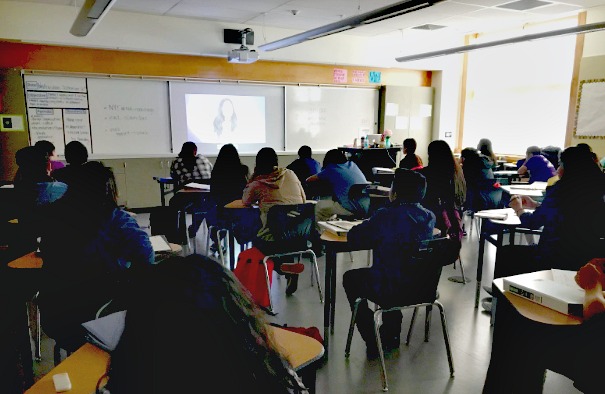For the past two years, I have been working with students who have learning differences. I have learned a lot about effective one-on-one instruction, and I have learned a great deal more about ineffective general instruction. Most of the time, students with learning differences struggle as a result of inadequate instructional support rather than as a direct result of the classwork. One of the most basic services a teacher can provide students with learning differences, and one of the most stressful things for a student with learning differences is his/her seat. The problem is not so much the seat itself – whether the seat is made of plastic versus wood or has cloth upholstery – but rather the area in the classroom where the seat is located.
In classrooms that house between 35-40 students, bursting at the seams with (normally) underserved students, seating arrangements will undoubtedly affect learning. Students with learning disabilities require certain environmental stimuli to help them focus their attention on learning. Sometimes, that means that students are listening to classical music using headphones while they do work, and other times it means that they are using sound isolating headphones to drown out all sounds while they work. Most of the time, students with attention deficit will require that their seats to be placed away from windows and doors, where outside noise becomes an unbearable distraction that prohibits learning for them. Students with learning differences who sit in clusters will usually become distracted by their neighbor’s tapping of a pencil or by the clicking and unclicking of a pen.
According to an article published by Teachermagazine.com, “In a classroom environment, if your desks are in clusters – unless you’ve got a really big space to work with – it’s difficult to find a solution where at least one or two students don’t have their backs to the board.” Cluster seating, though conducive to more partner and student-led work, can become a distraction for students with learning differences. Teachers much always be conscious of the fact that students with learning differences such as auditory or visual processing must have a clear and unobstructed view of the board and the teacher. The slightest diversion will make a student lose focus, and most likely lose important classroom information.
I have witnessed students with learning disabilities be kicked out of classes for “not focusing.” When the time comes for other teachers and me to reflect, we realize that the student was not focused because the seating arrangement was inappropriate. Sometimes students sit behind a bigger student, and their view of the board and the teacher is obstructed. Sometimes they sit near windows where the mixture of flying birds, pedestrians, cars, constructions, and all the noises that come with these pictures distract students from a lesson. The solution is always to move students towards the center of the classroom. The center of the classroom provides a safe space for students who might not be confident enough to sit at the front of the room, but who will get distracted if they sit in the back of the classroom or in the sides. The center of the classroom is also the place where students are most willing to participate and ask questions.
Moving forward, think about that student who seems to have a difficult time focusing in your classroom. If you are the parent of a student who continually gets sent out of class, ask the teacher where your son or daughter is seated. If the student is not currently sitting in the middle of the classroom, get his/her seat changed immediately. If the seat is already in the middle of the classroom, but the student continues to have a difficult time focusing, consider providing the scaffolds, which I will address in my next article.
Robel Espino
Latest posts by Robel Espino (see all)
- Parte 2, Explorando las Ideas de Jeffrey Duncan-Andrade: La Política y la Economía del Fracaso - December 18, 2019
- Part 2, Exploring Jeffrey Duncan-Andrade’s Ideas:The Politics and Economics of Failure - December 16, 2019
- Explorando Las Ideas de Jeffrey Duncan-Andrade, Parte 1: El Sistema de Educación Urbana, No Está Fallando - December 3, 2019
- Exploring Jeffrey Duncan-Andrade’s Ideas, Part 1: The Urban Education System Is Not Failing - November 26, 2019
- Estudio Sugiere Que las Lecturas en el Aula No Son Muy Efectivas, Pero Mis Alumnos y Yo las Amamos - November 22, 2019

